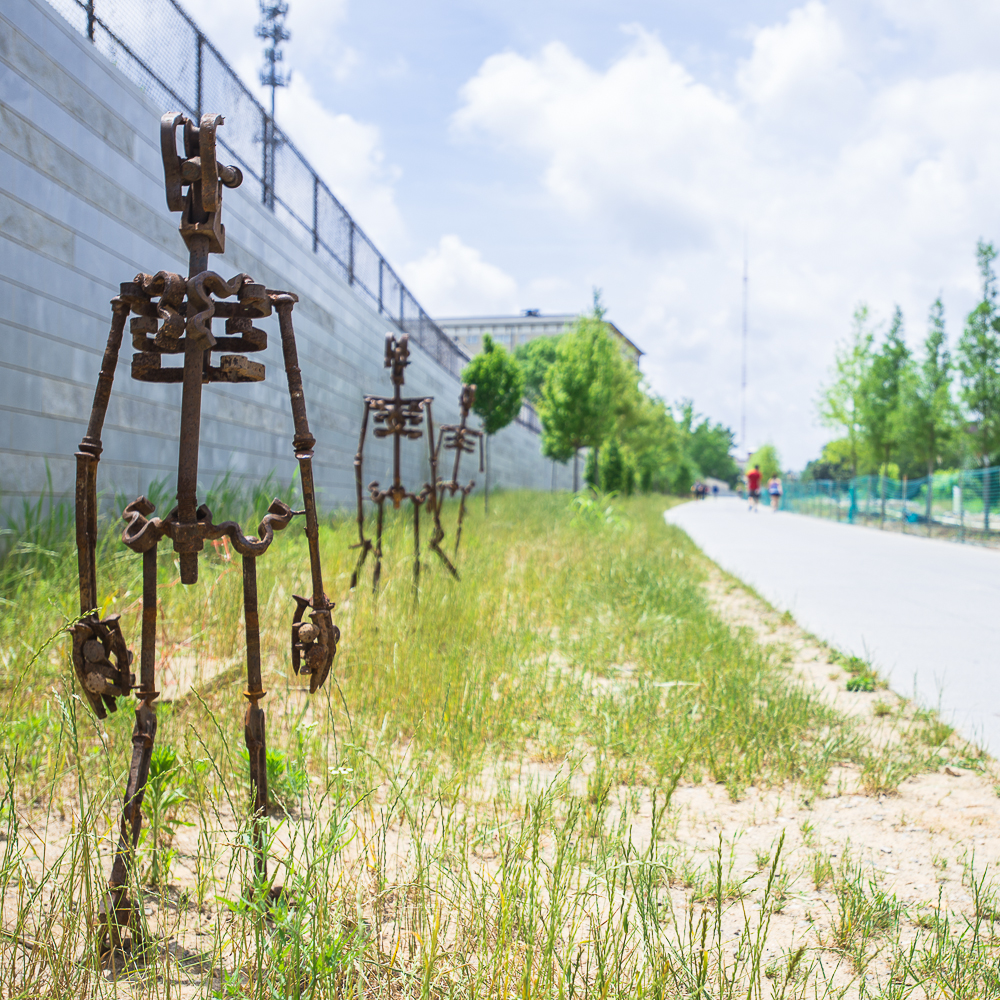A space that combines all the best of urban life, eagerly visited but free from noise and exhaust fumes. Good public transport, greenery, lots of ways to spend time. All this in the place of an abandoned railway corridor. Meet the Atlanta BeltLine!
Inspiration from a long journey
Large American cities are too full of vehicles. Highways cut space into parts that are difficult to move between on foot. Wide but generally congested roads lead to vast suburbs adapted in practice only to moving around by car. The effect is an unhealthy lifestyle affecting the environment and climate. Atlanta, the capital of Georgia, was no exception.
A breakthrough idea
No wonder that Ryan Gravel, an architecture student from Atlanta, experienced a culture shock when he stayed in Paris as part of a student exchange for a year.
A city with efficient public transport and full of lively public spaces where he could easily move on foot, made a great impression on him. What is more, the Parisian lifestyle had a good effect on his physical condition. He managed to lose 7 kg during the first month of his stay.
A ground-breaking idea
After returning to Atlanta, inspired by this experience, he began to create an innovative concept. The area of the abandoned railway corridor surrounding the central districts of the city was to be transformed into a lively public space that would reintegrate the districts separated by highways.
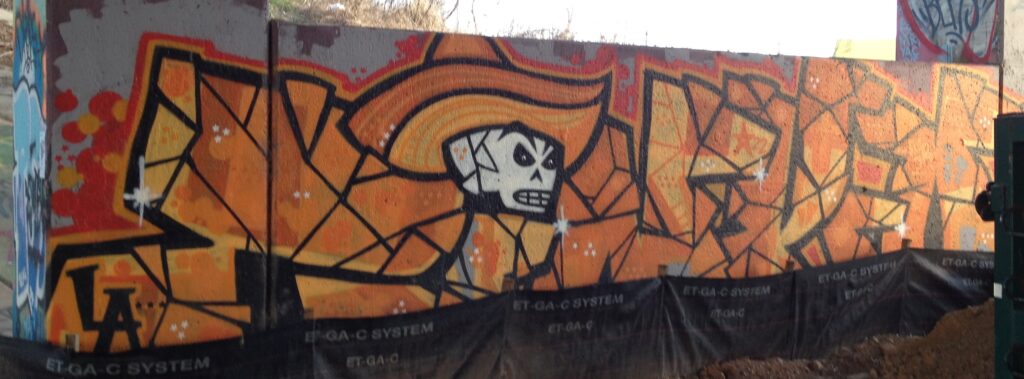
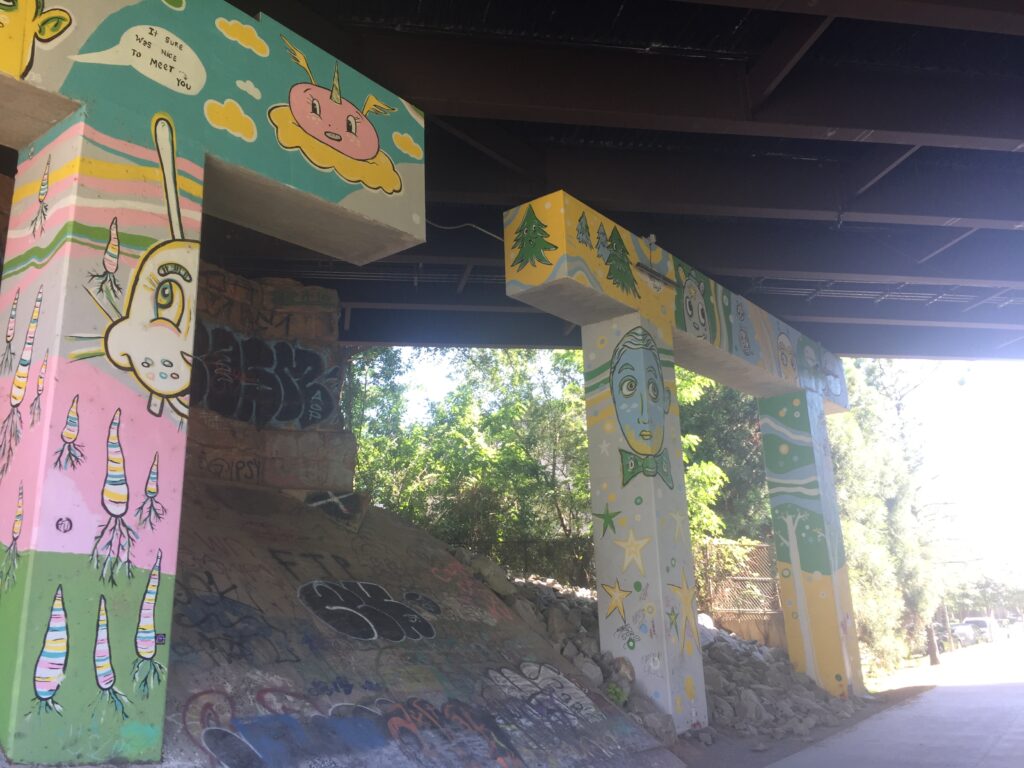
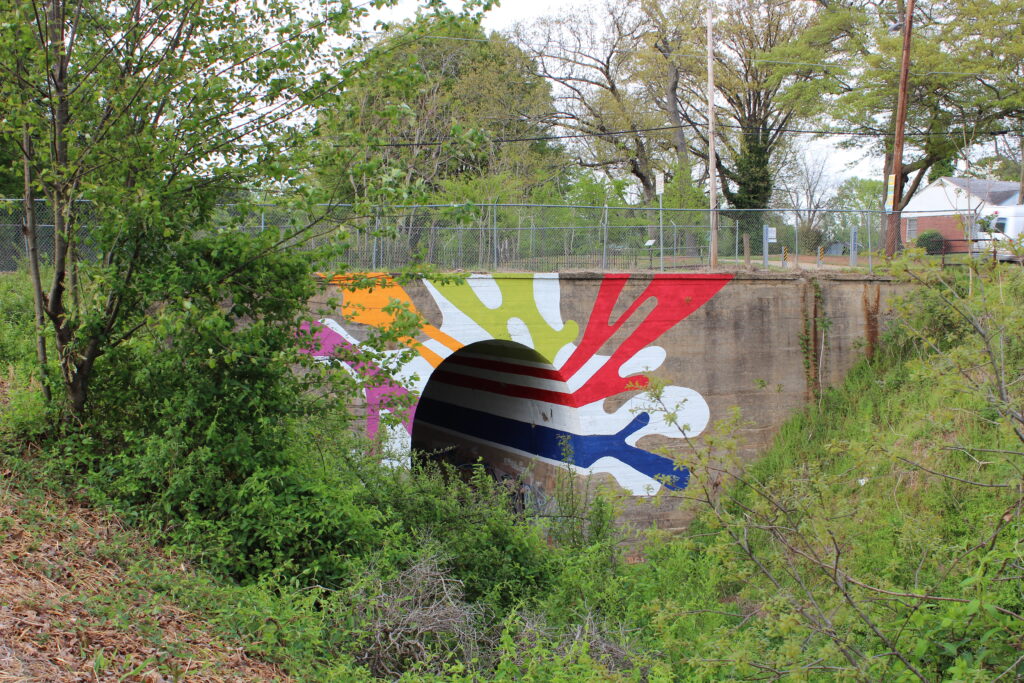
Where freight trains used to go serving industry, Gravel imagined a 35 km long coherent stretch of greenery with comfortable pedestrian and bicycle paths and tram corridor in a green tramway track.
The investment was to push for revitalization of the adjacent districts in order to attract investors to abandoned factories, provide public transport services to new housing estates and improve the lives of all residents through a series of accompanying activities.
Consistent implementation
The young architect included the foundations of this idea in his master thesis, which he defended in 1999. Later, he consistently developed and promoted his idea, and eventually he found favourable conditions for growth. After the Olympic Games in 1996, Atlanta was looking for new directions of development. As a result of the support of the local authorities, the implementation started.
More than 11 km of the walking and cycling paths have already been opened. The rest is in various stages of design or construction. One of the last elements will be a tram corridor. The project is due to be completed in 2030.
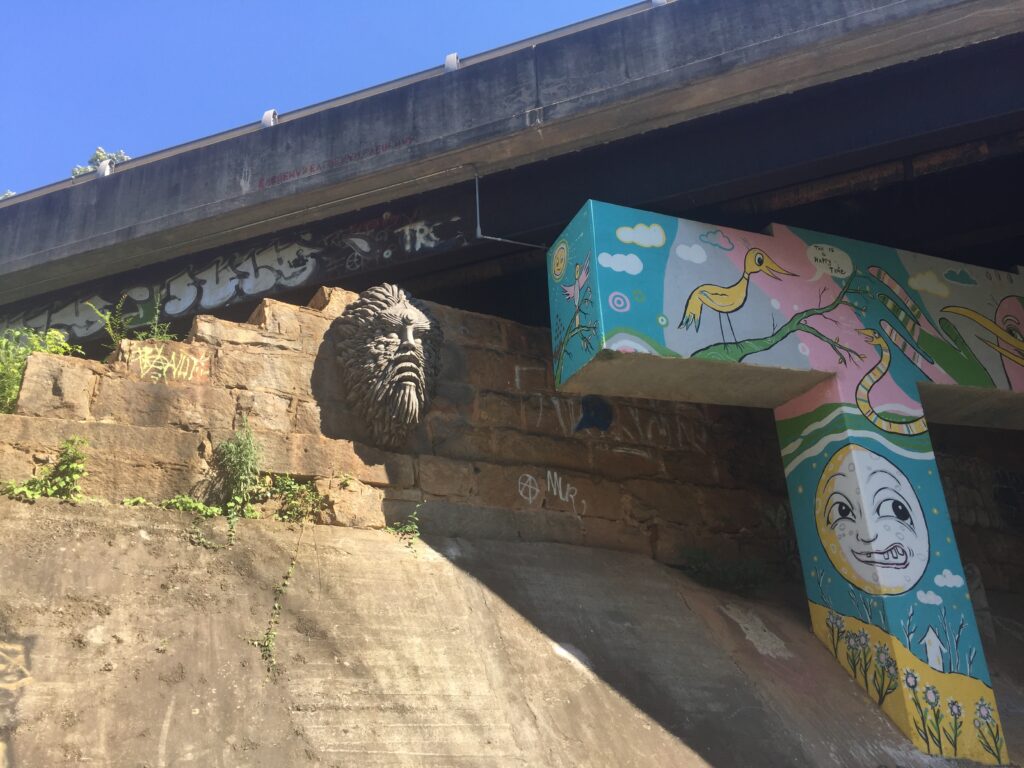
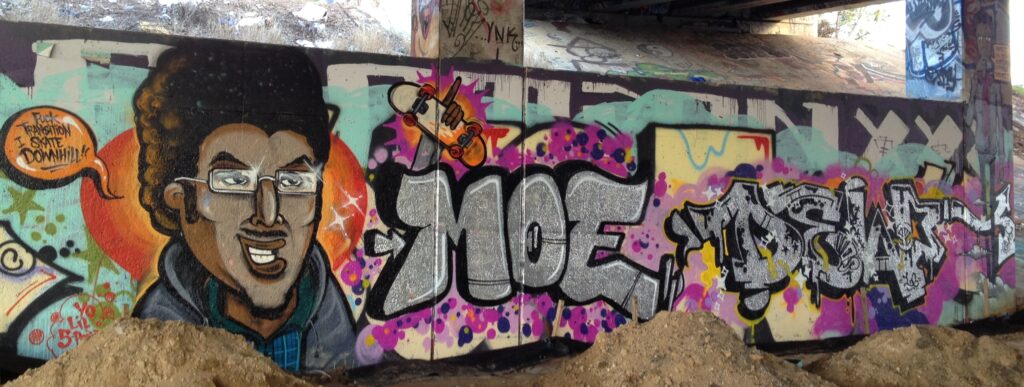
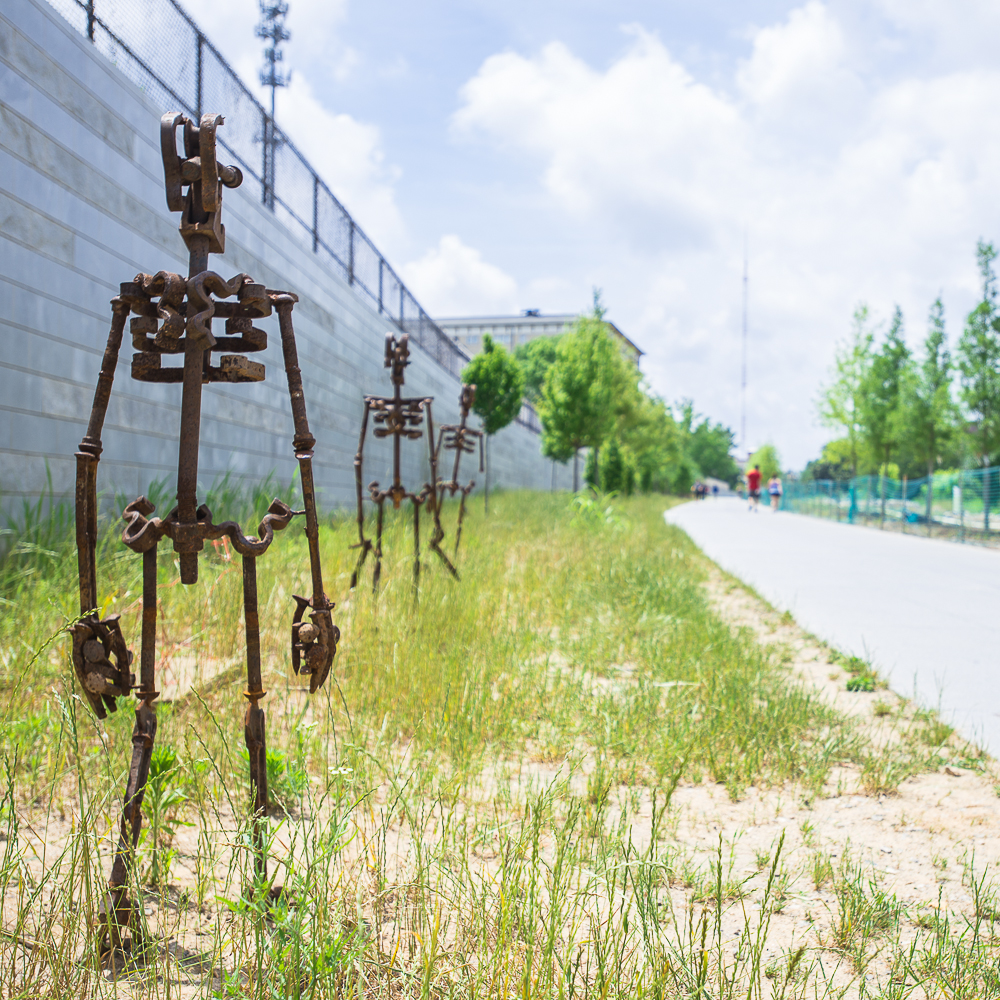
The open routes are now teeming with urban life. Cafes and restaurants are opening in former railway warehouses. Empty factories turn into apartment buildings with lofts. Crowds of cyclists and pedestrians, including tourists from other cities, can be seen on a clear sky day. Everyone who visits BeltLine has a chance to experience there what Gravel did during his stay in Paris. Not only a better physical condition, but also an inspiration to change the surrounding space.
Because such projects should not be about concentrating all the best in one place, but about encouraging people to change their lifestyle and fight for a radical transformation of entire cities.
This is the vision promoted by Ryan Gravel who gives his lectures all over the world as a recognized expert in urban planning.
Łukasz Kamiński







